Hydroponic growing refers to growing plants in a soilless medium or growing in a nutrient solution. The mineral solution is used to feed the plants. The inert media used include:
- Perlite
- Coco peat
- Clay pebbles
- Rockwool
- Vermiculite
The medium provides mechanical support to the plants. Plants grown hydroponically do not need to develop an extensive root system.
Not all plants can be grown using the hydroponic system. Following are some of the plants that can grow well hydroponically.
1. Basil
 This is one of the most common plants grown hydroponically. Basil is thickly sown on designed microgreens mats developed for hydroponic use.
This is one of the most common plants grown hydroponically. Basil is thickly sown on designed microgreens mats developed for hydroponic use.
They are grown for 2-3 weeks in a diluted nutrient solution under moderate light levels.
An ideal condition for growing basil under hydroponic is Temperatures of between 65-95 degree Fahrenheit; pH range of 5.6-6.6 and Electrical Conductivity (EC) of 1.6-2.2. Basil is harvested by cutting at the base of the seedling.
2. Beans
 Beans are very adaptable to hydroponic growing. They require medium temperatures and proper lighting to give good yields. Because beans are self-pollinating, hand pollination is usually not necessary.
Beans are very adaptable to hydroponic growing. They require medium temperatures and proper lighting to give good yields. Because beans are self-pollinating, hand pollination is usually not necessary.
Some of the bean varieties will require support to avoid the leaves from dipping in water. Nutrient-filled liquid needs to be frequently changed to replace the depleted elements for a healthy crop.
3. Cucumbers
 Cucumbers can be grown as warm-weather friendly vegetables throughout the year.
Cucumbers can be grown as warm-weather friendly vegetables throughout the year.
They require high enough levels of light, heat, and humidity to do well.
Healthy hydroponically grown cucumber plants take approximately two months to mature and can be harvested for a period of up to 4 months when it reaches senescence
4. Fennel
 Fennel is a perennial crop but usually grown as an annual crop. It grows to about 3-4 feet tall.
Fennel is a perennial crop but usually grown as an annual crop. It grows to about 3-4 feet tall.
Fennel grows easily from seeds and does best in full sun. Staking is done when the plant reaches 18 inches, and the seeds are harvested when fully ripe.
The ideal condition for growing fennel is lower EC and moderate pH.
5. Flowers
 Flowers are best grown in hydroponics. They can either be grown indoor or outdoor, but high-value or cut flowers are grown in a greenhouse.
Flowers are best grown in hydroponics. They can either be grown indoor or outdoor, but high-value or cut flowers are grown in a greenhouse.
Since flowers are known to be heavy feeders, a lot of care needs to be taken on their water and nutrient requirement.
Temperature and humidity control should be checked keenly especially when growing in a greenhouse.
Flowers grown successfully using the hydroponic system include roses, carnations, daisies, dianthus, and snapdragons.
6. Leafy Greens
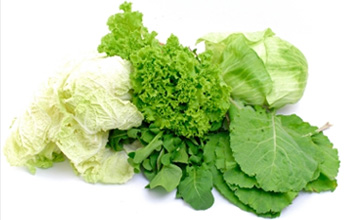 Leafy greens are among the easiest to grow under hydroponics. Most of them do take approximately 60 days from planting to harvesting.
Leafy greens are among the easiest to grow under hydroponics. Most of them do take approximately 60 days from planting to harvesting.
They give excellent yields and can tolerate medium heat levels. Since they are vegetative, they require adequate Nitrogen levels.
Sufficient amount of water is also essential for good-looking appearance and to avoid stunting of the plants
7. Lettuce
 Most of the lettuce varieties do well in hydroponics especially the loose leaf type.
Most of the lettuce varieties do well in hydroponics especially the loose leaf type.
One can as well plant mixed varieties of lettuce at the same time.
Lettuce does well under moderate temperature condition and low Ph levels.
Harvest lettuce as soon as they are mature to enjoy the crispy and crunchy taste.
8. Spinach
 Spinach does respond well in hydroponics especially when the temperatures are a bit cool. They require high Nitrogen levels for production of big sized leaves.
Spinach does respond well in hydroponics especially when the temperatures are a bit cool. They require high Nitrogen levels for production of big sized leaves.
During harvesting, leave some few leaves on the plant. The leaves grow back hence resulting in multiple harvests from the same plant.
Bloomsdale spinach yields large glossy dark green leaves.
9. Kales
 Like spinach, kales do well in chilly temperatures.
Like spinach, kales do well in chilly temperatures.
Kales do not require much regarding their feeding and water demand. Each kale plant can also regenerate and provide nutritious leaves as well.
Both the flat-leaved types and the ruffled leaf types do well in hydroponics environment thus growing them is easy.
10. Herbs
 Herbs are best grown hydroponically. They usually don’t require a lot of space for planting a lot of herbs. Herbs rejuvenate well after harvest.
Herbs are best grown hydroponically. They usually don’t require a lot of space for planting a lot of herbs. Herbs rejuvenate well after harvest.
When grown hydroponically, herbs do retain a lot of their aromatic oils. They take long to germinate from seed but once established; they are harvested for a lengthy period.
Herbs are mostly vegetative therefore require careful growing formula of hydroponic nutrient with relatively high Nitrogen to phosphorus ratio.
The ideal conditions for growing herbs are low to medium EC of 1.2-1.8 and slightly acidic pH of about 5.8-6.4. Herbs grown indoors do best under full light spectrum
11. Tomatoes
 Tomatoes are amongst the major fruit crops grown using the hydroponic system. Most of the tomato varieties do well in hydroponics.
Tomatoes are amongst the major fruit crops grown using the hydroponic system. Most of the tomato varieties do well in hydroponics.
Tomatoes can be planted directly or by seedling transplanting. The growing medium for the tomatoes should be well incorporated and well aerated.
It is advisable to plant one plant per hole to avoid overcrowding as the plant grows.
Tomatoes require regular watering and feeding especially during the flowering and fruiting stage. This will help avoid some physiological disorders to the tomato fruit.
As the plants grow, provide trellises for support to help avoid leaves dipping into the water. Ensure a clean hydroponic environment because tomatoes can attract insect pests such as whiteflies and aphids.
If properly managed, hydroponically grown tomatoes can be harvested for up to 6 to 10 times during its entire growing period.
12. Peppers
 Peppers are similar to tomatoes and require comparable cultural environment. They, however, do not need trellising.
Peppers are similar to tomatoes and require comparable cultural environment. They, however, do not need trellising.
Staking may be done as the plants grow to avoid the branches being weighing down by the peppers.
Both the sweet and hot varieties can be grown hydroponically.
In terms of nutrient and water requirement, peppers are not very heavy feeders. They can perform well under moderate growing conditions.
13. Mint
 Mints grown in hydroponics tend to have larger and more foliage. One of its adjustments to water is to spread by stolons.
Mints grown in hydroponics tend to have larger and more foliage. One of its adjustments to water is to spread by stolons.
Like any other herbs, mints require a good growing formula for a healthy looking plant.
The ideal conditions for growing mint are low to medium EC, range of 1.2-1.8, slightly acidic Ph of about 5.8-6.4. Mints can also be harvested up to 3 times before it reaches senescence.
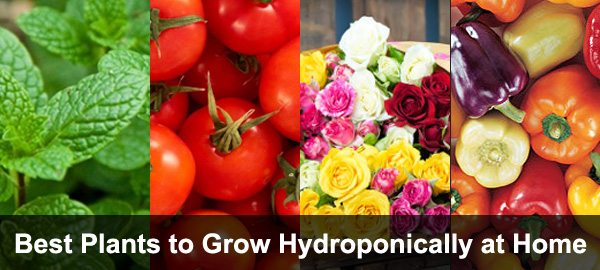

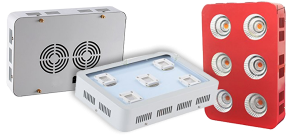
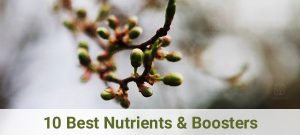
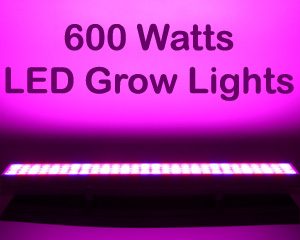
Comments are closed.